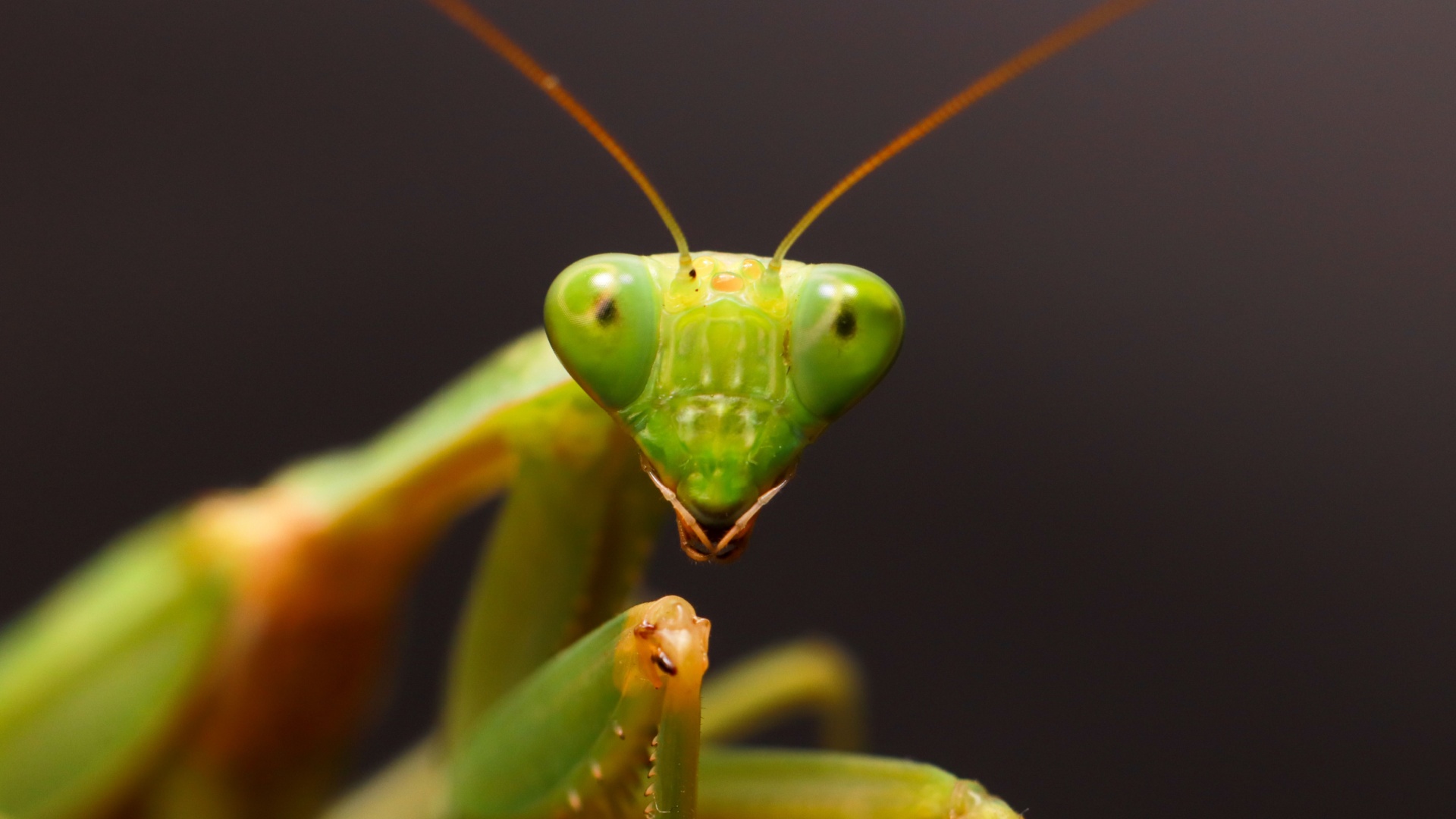Bugs often get a bad reputation in the yard. It’s easy to think anything with too many legs is just waiting to ruin your plants, but not all bugs are bad news. Some are actually tiny heroes, working hard to keep pests in check, improve your soil, and even help flowers bloom brighter.
Picture ladybugs snacking on annoying aphids, ground beetles patrolling for slugs, and even spiders quietly keeping the mosquito population in check – no chemicals needed.
These helpful bugs are nature’s original pest control squad, keeping your yard healthy while you relax and enjoy the view.
The best part? They ask for almost nothing in return, just a safe spot to work their magic.
So, before you grab the bug spray, meet the incredible insects that deserve a permanent spot in your yard and learn why keeping them around makes your outdoor space healthier, greener, and easier to maintain.
1. Ladybugs
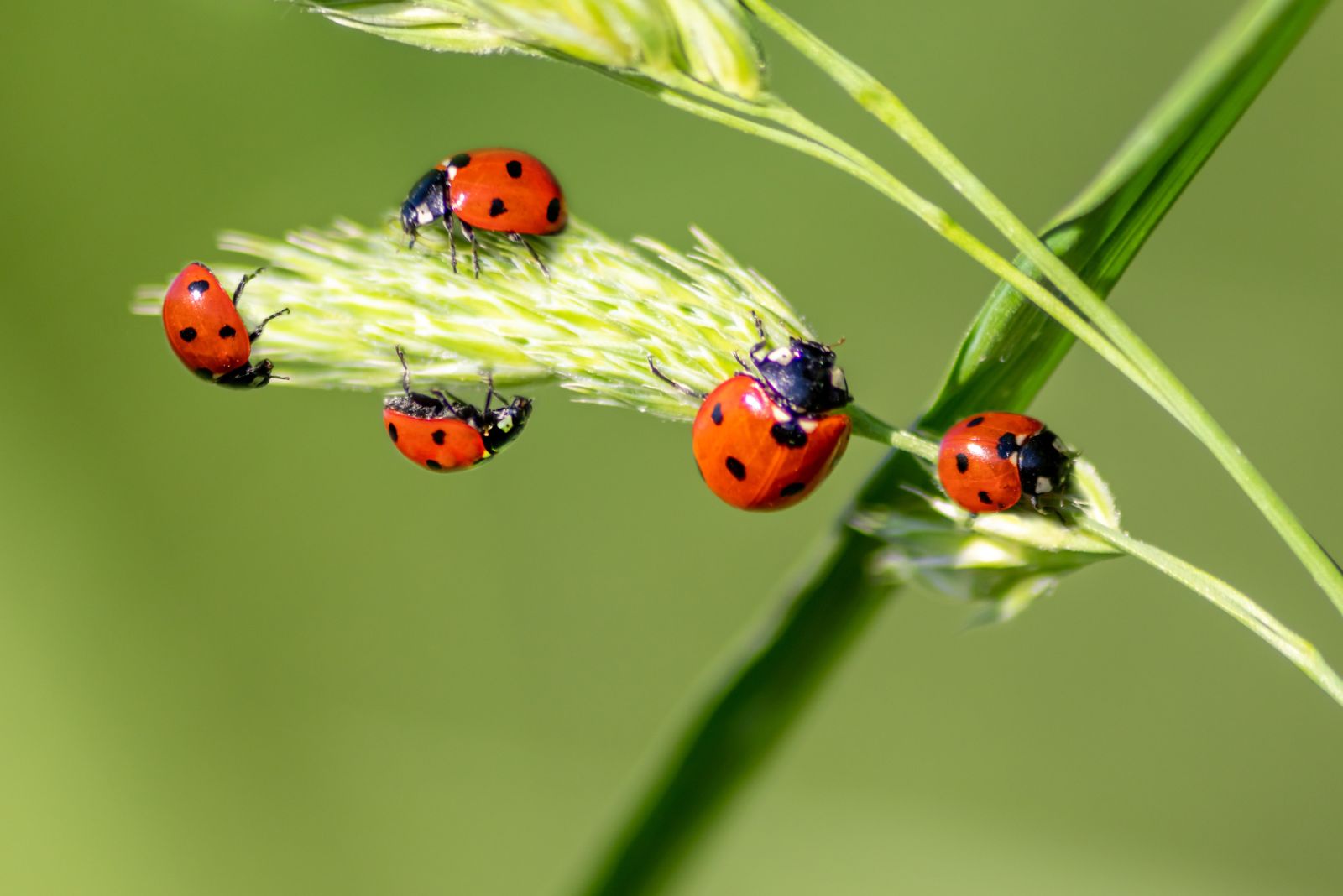
Ladybugs aren’t just cute, they’re tiny garden warriors in disguise. Those adorable red shells with black spots? That’s the uniform of a pest control pro.
Ladybugs have a serious appetite, and their favorite snack happens to be aphids: those tiny, sap-sucking pests that can turn your plants into sad, wilting messes. A single ladybug can devour 50 aphids a day and will happily munch on other problem bugs like scale insects, mites, and whiteflies.
But here’s the best part, they’re completely plant-friendly. No chewed-up leaves, no damage – just pest removal at its finest.
Want more ladybugs hanging around? Plant flowers like marigolds, daisies, and cilantro. They’re drawn to nectar, so give them a reason to stick around when they’re off pest duty. If you see one chilling on a leaf, let it do its thing. That tiny beetle is working harder than you think to keep your garden thriving.
2. Praying Mantises
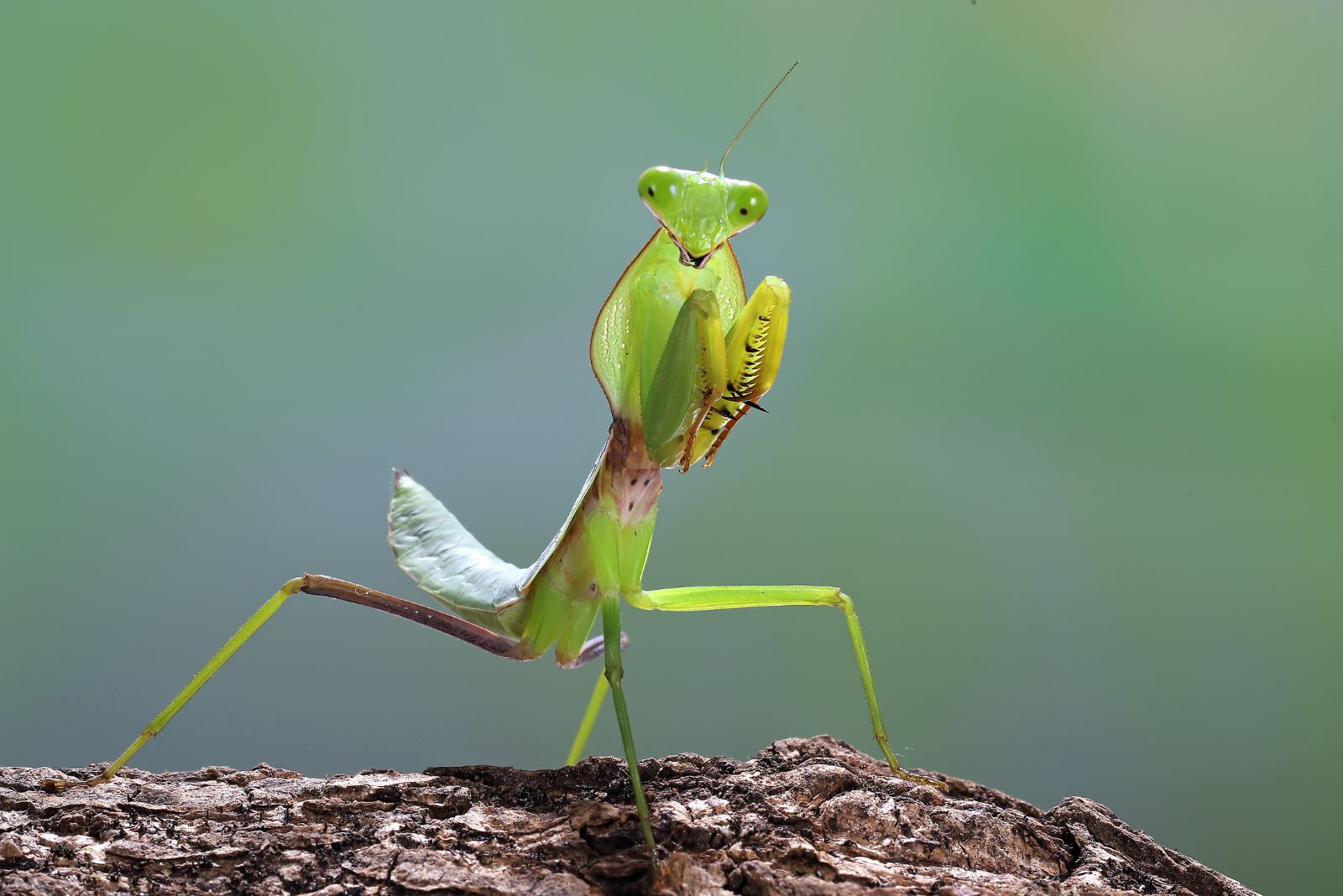
These insects are all about stealth hunting. With long, folded arms and a triangular head that can swivel nearly 180 degrees, mantises are built to stalk and strike.
They’re not picky eaters, either. Got grasshoppers? Gone. Moths? See ya. Even flies and crickets don’t stand a chance. While some bugs are all about aphids, mantises tackle the big pests, the kind that can chomp through your entire vegetable patch.
Just keep in mind that they’re a little too good at their job and might snag beneficial bugs occasionally. If you want to attract mantises, create a habitat with tall grass, marigolds, and a few quiet corners for them to blend in.
Once they’ve settled in, these garden guardians work silently and efficiently, keeping the pest population in check.
3. Ground Beetles
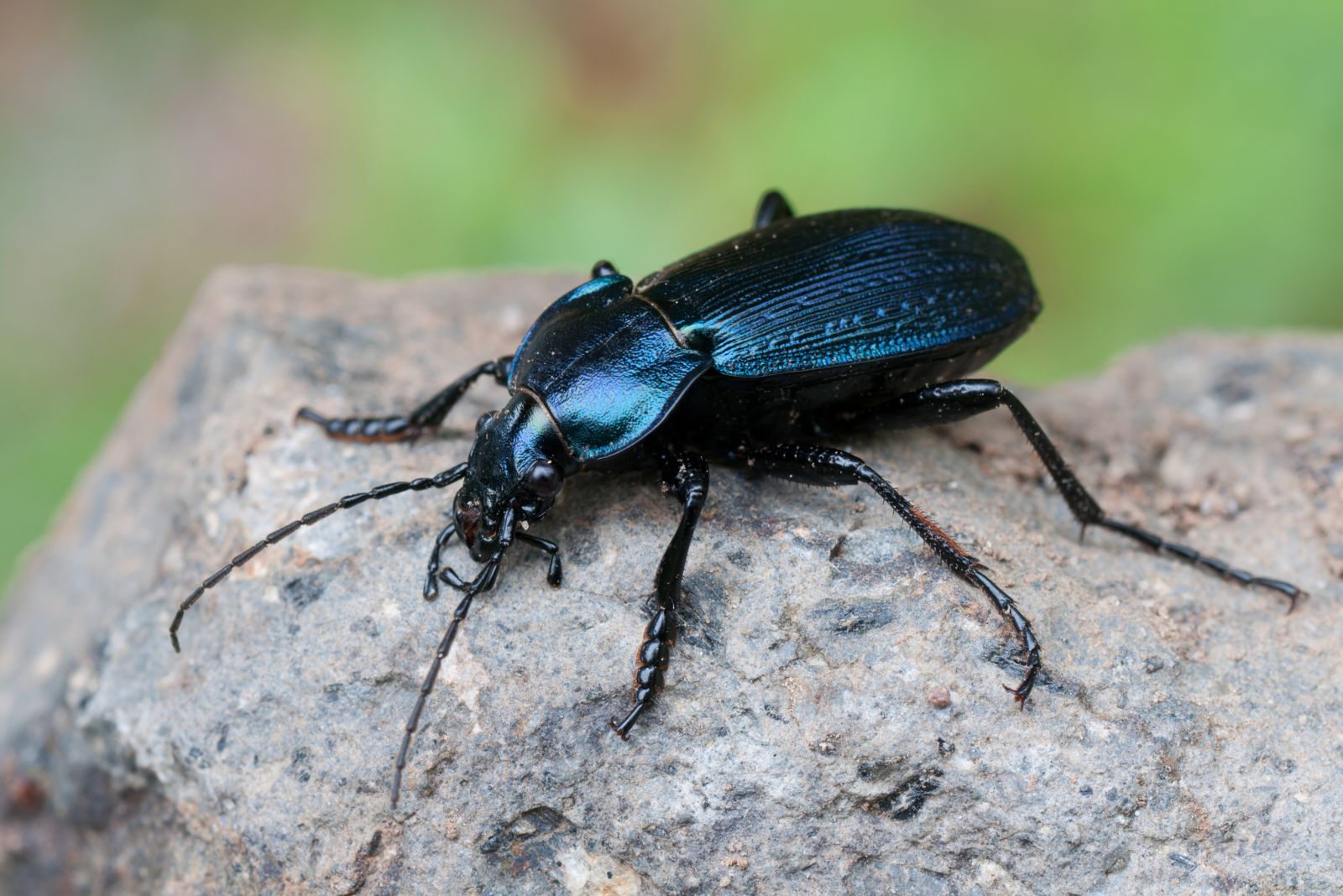
The night-shift workers of the garden, and trust me – they get things done. These dark, shiny beetles might not be flashy, but when the sun sets, they clock in for some serious pest control.
Slugs, caterpillars, cutworms – if it creeps through your garden at night, it’s on the menu. Some species even snack on weed seeds, meaning they help with both bugs and unwanted plants.
They’re the ultimate multitaskers. Unlike other insects, they don’t fly around, they stick to the soil, working behind the scenes like secret agents of pest control.
To keep them happy, leave a few cozy hiding spots around your garden, like mulch, leaf piles, or a rock here and there. They need cover during the day and will reward you with free pest management all night long.
No chemicals, no drama – just quiet, effective protection for your plants.
4. Hoverflies
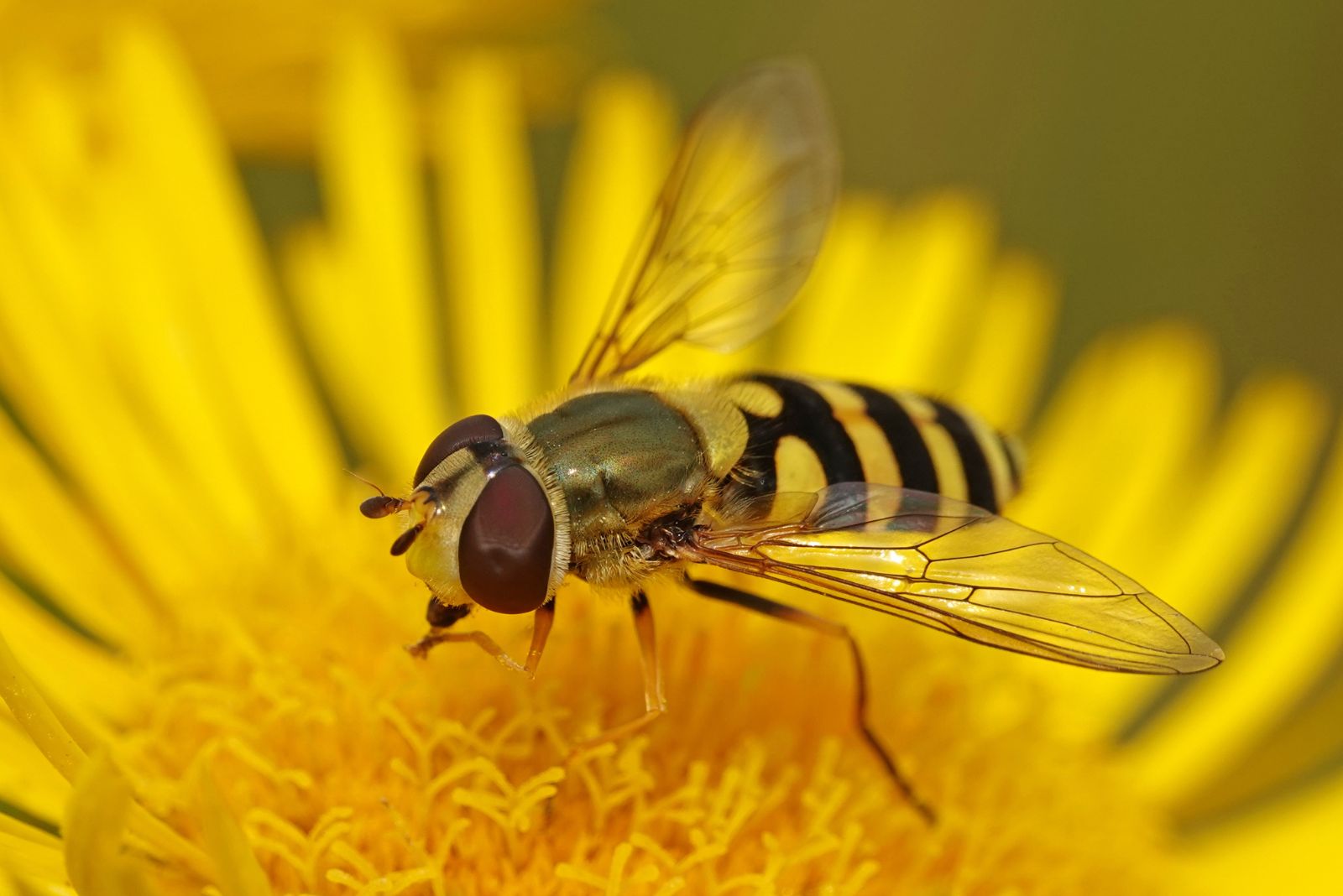
Hoverflies might look like mini bees in disguise with their black and yellow stripes, but these guys are all about peace and pollination. No stingers here, just a love for nectar and a hunger for garden pests.
As adults, they help pollinate flowers while adding a little buzz to your garden scene.
But the real heroes are their larvae. They feast on aphids by the hundreds, keeping your plants safe from those sneaky leaf suckers.
If you’re wondering how to invite them over, plant nectar-rich blooms like alyssum, lavender, and marigolds – hoverflies love a good buffet.
The best part? They’re gentle and won’t bother you while you garden. They’re just here to snack, pollinate, and keep your garden looking fabulous, one flower at a time.
5. Green Lacewings
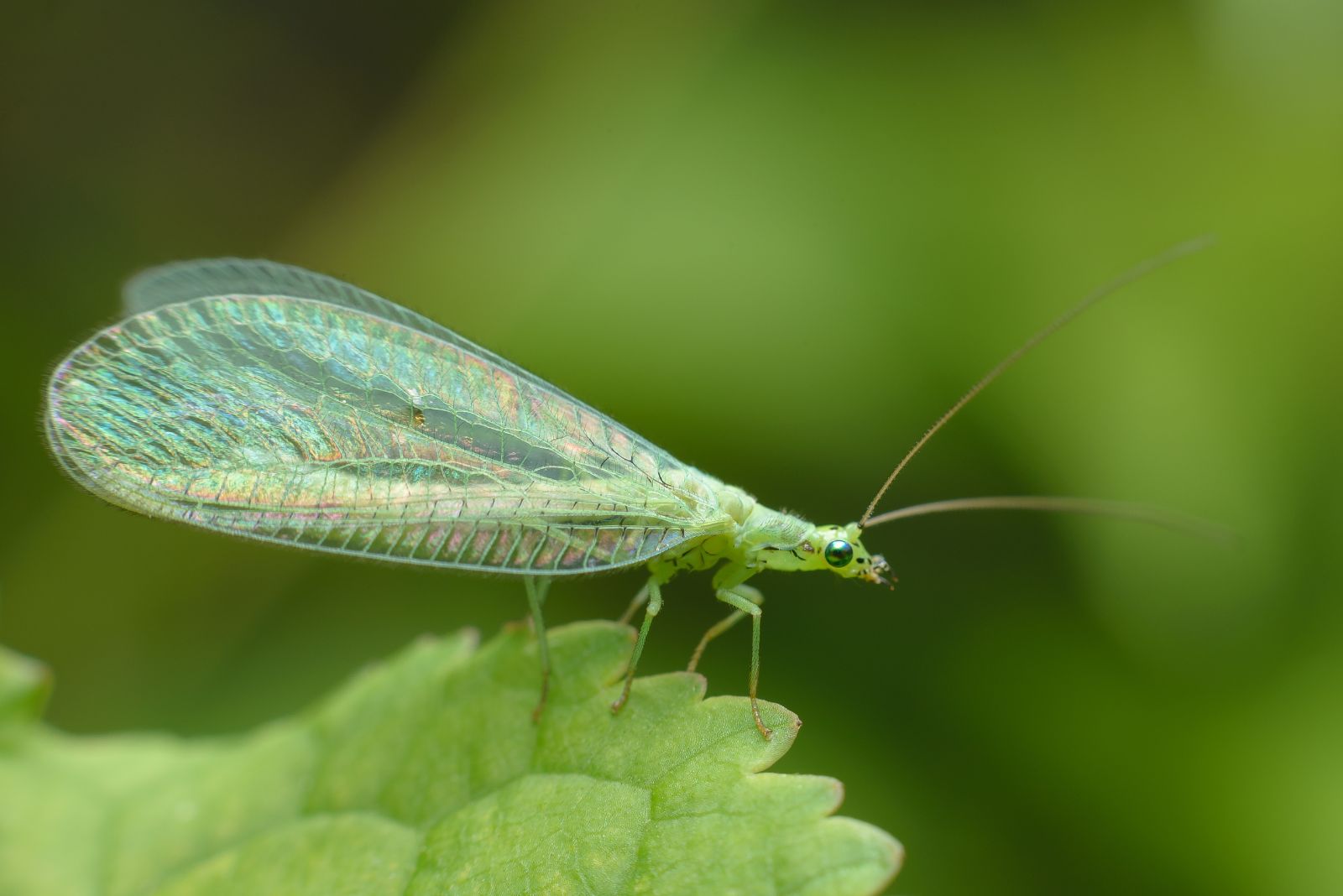
As adults, lacewings are gentle pollinators, sipping nectar and fluttering gracefully around your garden. But their larvae, often called aphid lions, are a whole different story.
These tiny, alligator-shaped bugs can devour up to 200 aphids a week along with whiteflies, thrips, and mealybugs.
To keep lacewings happy in your garden, plant nectar-rich favorites like dill, fennel, and cosmos. They also appreciate a little wild space, so hold off on over-trimming every corner of your yard.
The beauty of lacewings? They’re low maintenance but highly effective. If you spot those bright green wings fluttering around, know that your garden is in good hands – well, wings.
6. Dung Beetles
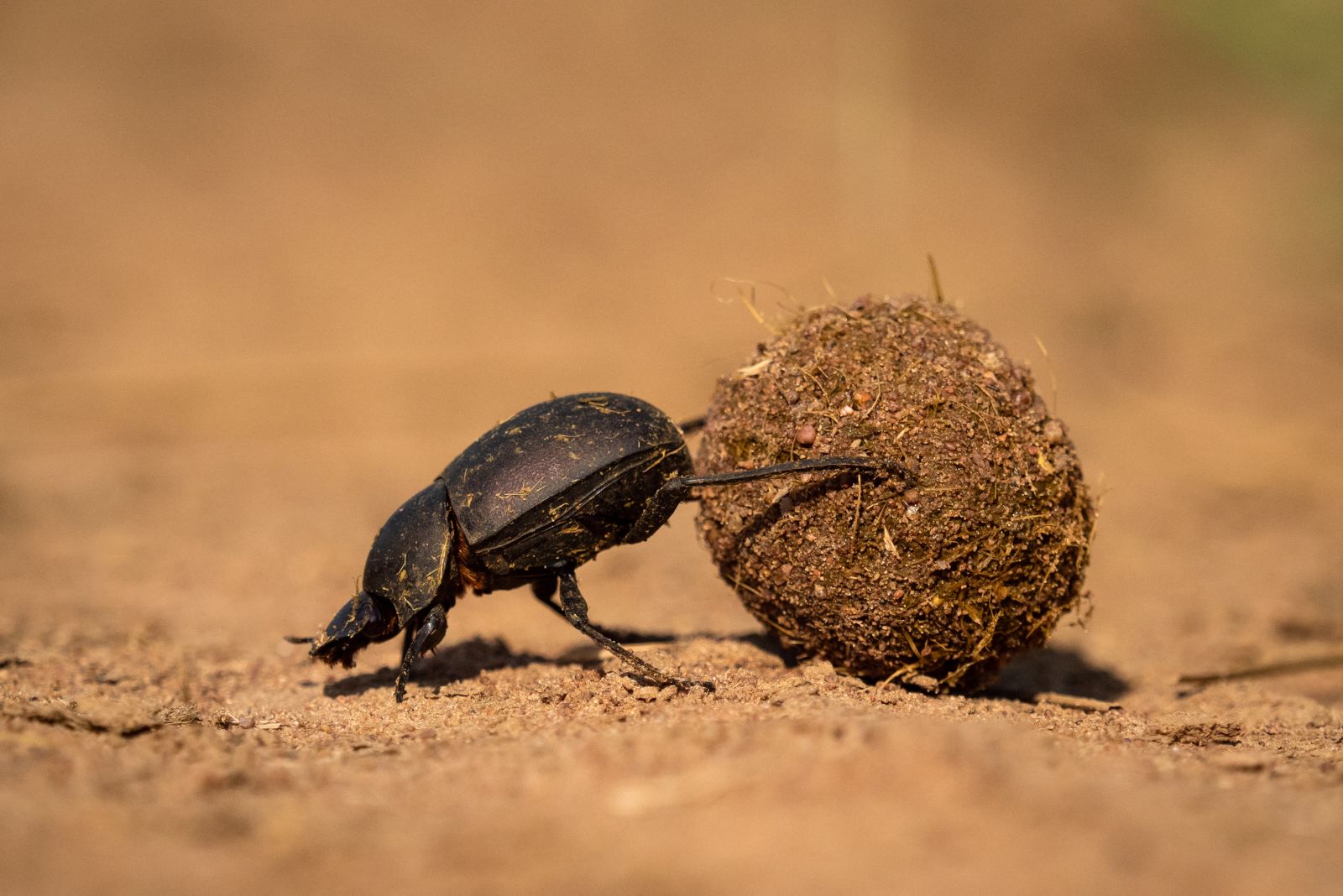
Okay, so dung beetles definitely aren’t winning any beauty contests, or fragrance awards, but they deserve some serious respect.
These hard-working insects break down animal waste, recycling nutrients back into the soil like tiny eco-warriors. By rolling and burying waste, they not only fertilize your garden naturally but also reduce the spread of pests like flies.
Healthier soil means healthier plants, and dung beetles help make that happen without you lifting a finger. Plus, they help aerate the soil, making it easier for roots to grow. While they’re more common in gardens near livestock or pets, they’ll work anywhere organic material can be found.
So next time you see a dung beetle rolling its prized possession, don’t judge – it’s busy making your garden a better place.
7. Assassin Bugs
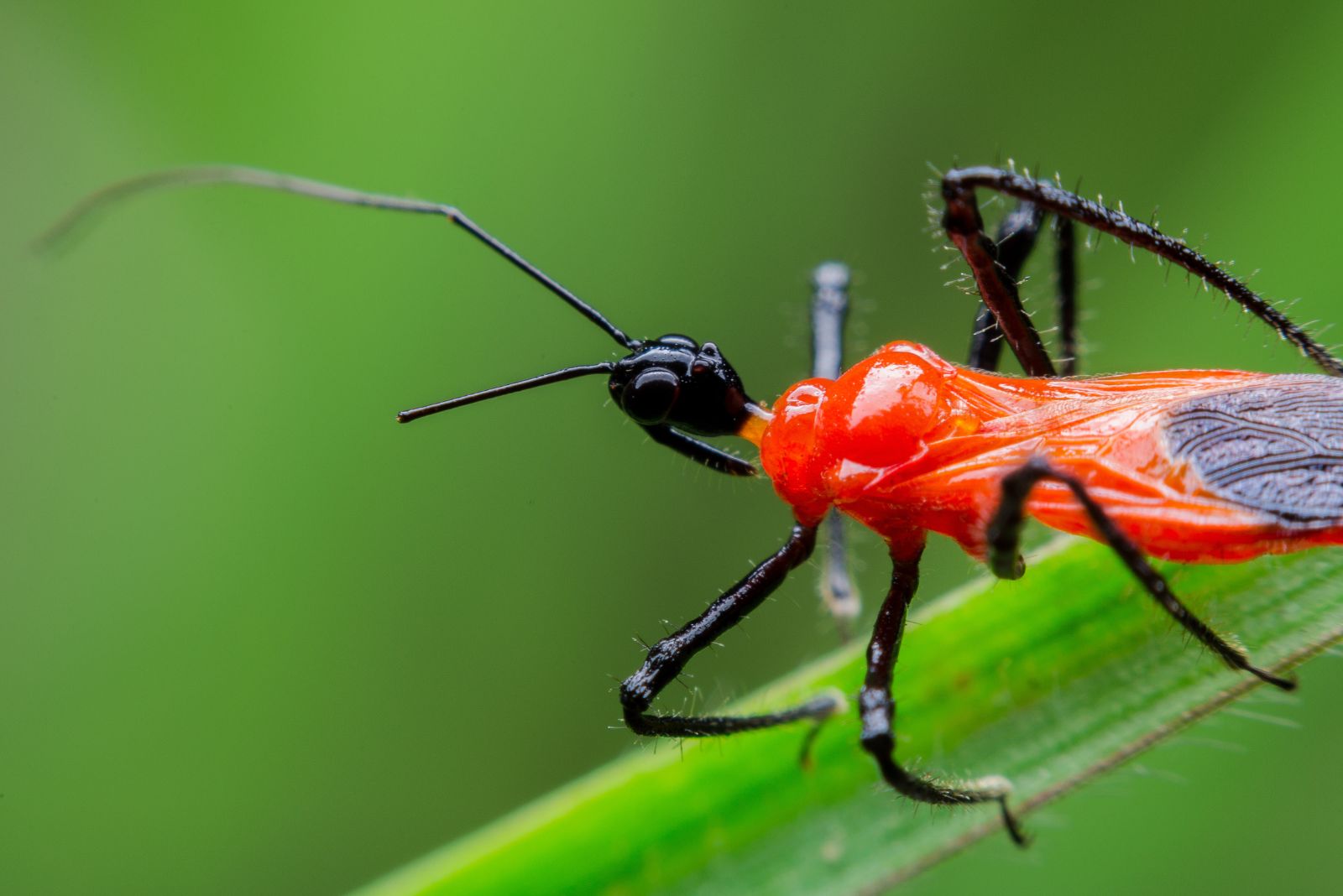
The name says it all – assassin bugs are the silent hunters of the insect world, and they’re just as intense as they sound.
With needle-like mouthparts, these insects inject a paralyzing enzyme into garden pests like caterpillars, aphids, and beetles, turning their insides into, well… bug soup.
Gruesome? Absolutely. Effective? No doubt. They might not be the friendliest-looking insects, but they’re doing serious pest control work behind the scenes.
The good news? They don’t bother humans unless provoked, so it’s best to let them handle their bug-hunting business. To encourage assassin bugs, plant marigolds, fennel, and dill, which provide good cover and nectar for the adults.
If you spot one lurking on your plants, relax – they’re not there to scare you, just the pests.
8. Soldier Beetles
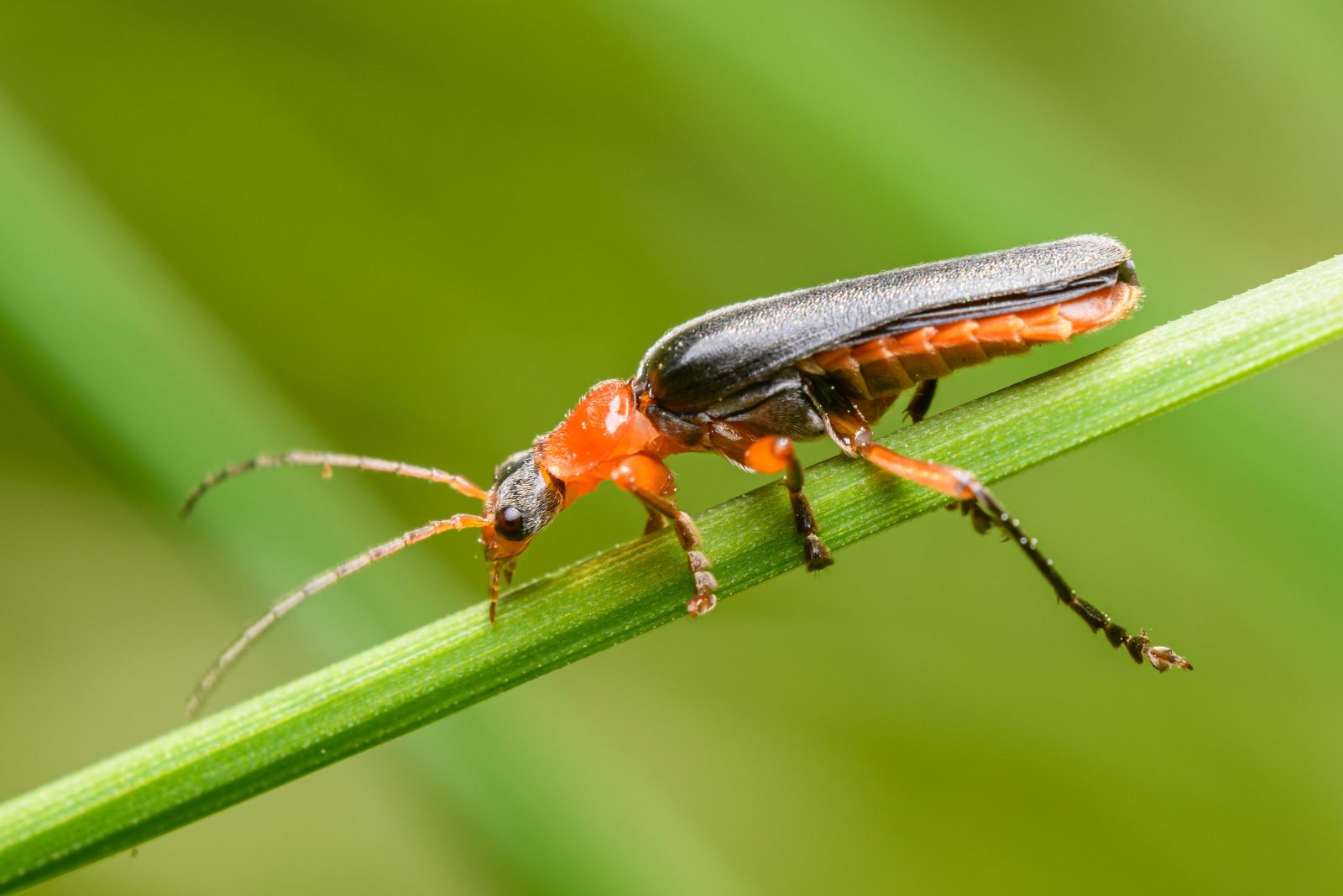
Soldier beetles may not wear flashy armor, but they’re definitely tough on garden pests. These slender, orange and black beetles pull double duty in your garden.
As adults, they’re busy pollinating flowers while keeping aphids, caterpillars, and grasshopper eggs in check. Their larvae? Even more impressive – they crawl through the soil like tiny pest exterminators, munching on harmful bugs before they can do damage.
Soldier beetles are harmless to humans and don’t damage plants, making them ideal residents for your garden.
They’re easygoing, low-maintenance, and get the job done: everything you want in a garden ally.
9. Spiders
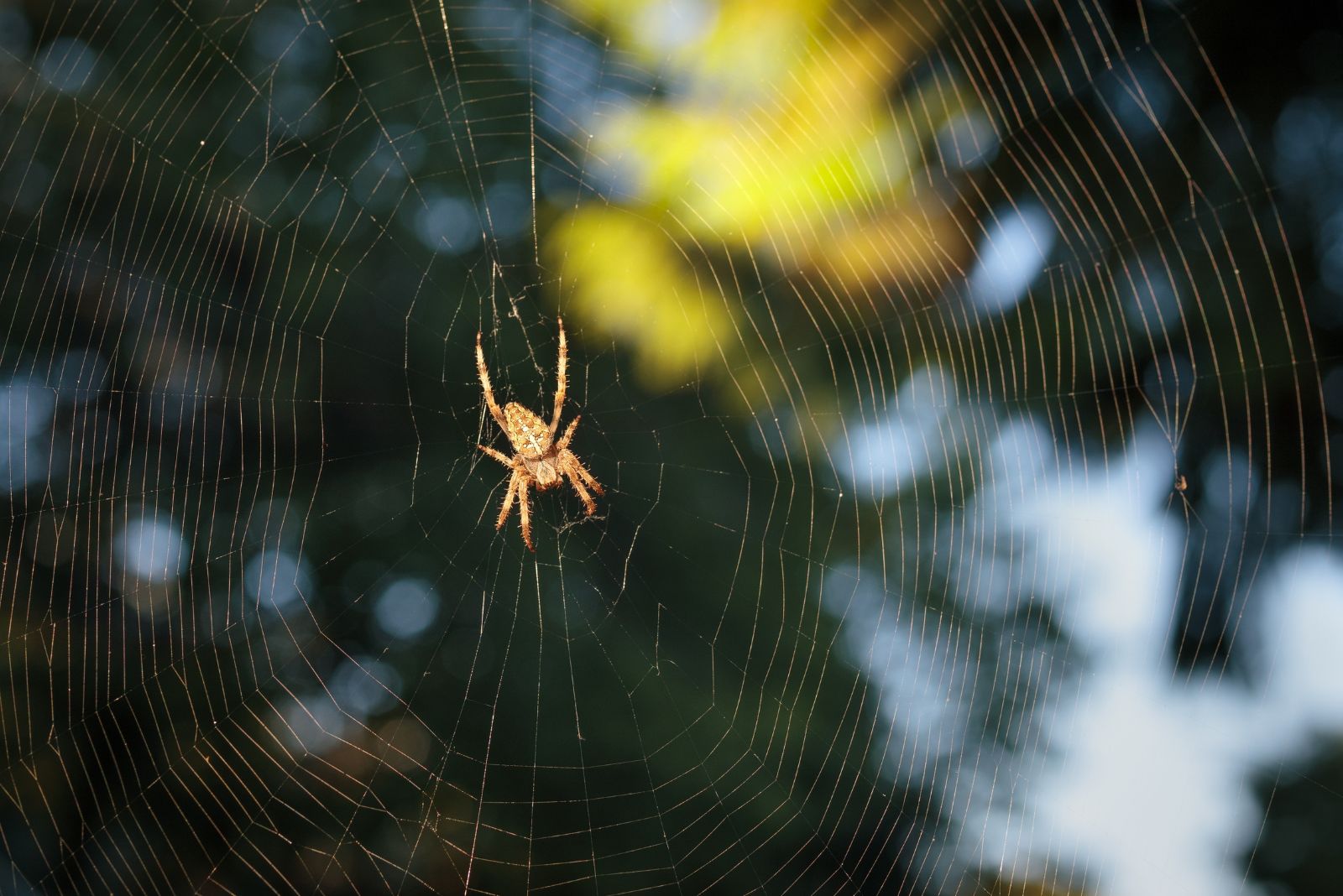
Spiders might have a spooky reputation, but in the garden? They’re total MVPs. These web-spinning pros catch flies, mosquitoes, moths, and other pests that would otherwise feast on your plants.
Most garden spiders aren’t out to bite you, they’re too busy managing the insect population.
Want to keep them around? Avoid chemical sprays, which can harm both spiders and their prey. If you notice webs in your garden, think twice before clearing them out.
That web isn’t a haunted decoration – it’s nature’s version of flypaper, keeping your garden healthier without you lifting a finger.

